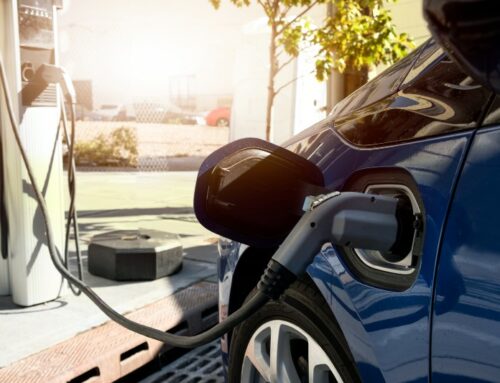CUSTOMER expectations about the processes for buying cars online have changed noticeably during the 12 months of the pandemic.
Startline Motor Finance said that there has been a shift towards assuming facilities offered by dealers will match the speed and convenience of retail processes that are commonly available through retailers in other sectors.
Chief Executive Paul Burgess: “This is, to some extent a simplification, but a year ago, most online dealer processes ultimately worked but lacked the speed and overall slickness that you’d see from an Amazon or a John Lewis. There were good reasons for this disparity but by far the most important was the relative complexity of buying a car online compared to, say, a book or a shirt.
“What we have seen happen over the past year has been a closing of that gap. Successive lockdowns have forced dealers into a situation where they have needed to maximise online sales and so a lot of attention has been paid to smoothing and speeding up the processes involved. As a result, some points that were seen as too difficult to easily resolve, such as part exchanges, have been tackled in a concerted manner.
“We’re now in a situation where even quite small dealers can offer extremely competent online processes that include the sale, a p/x facility, finance, aftersales products and delivery, and larger dealers can often do even more.
“Many have now accelerated their online presence to a point where they can compete with almost any digital retail process. Considering the sophistication of the average car buying journey, this is a considerable achievement.”
Burgess said that Startline had been part of this development from a motor finance point of view as part of moves from dealers and other introducers to speed up and simplify applications and approvals.
“Almost month-by-month, we’ve seen an increasing impetus to shave more and more time off the online motor finance process. This has produced real and measurable results. The faster and easier the application, the higher the number of deals written.
“The question, going forward, is whether these improved processes will markedly increase the number of people who are willing to buy a car online or simply improve the conversion rate for those who are already willing to do so.
“Our feelings are that this is not yet clear but that it does mean that nearly all dealers are now in much better shape as agile, adaptable, digitally-enabled modern businesses as we emerge from the pandemic. No matter the direction in which the market moves, used car retailers are ready and able.”
Meanwhile, iVendi said that traditional “online retail 1.0” technology has often failed dealers during the pandemic because of its lack of flexibility to meet rapidly changing market conditions.
Chief Executive James Tew said the limitations of systems that imposed an online journey on used car, van and motorcycle retailers and their customers, rather than adapting to what was needed at each specific moment, had hampered sales potential.
He said: “What dealers have required during the last year have been systems that can easily switch between online and showroom sales models as we have moved through successive lockdowns.
“However, there remains a number who are using what we call ‘online retail 1.0’ systems that do not provide the adaptability required. Essentially, they have a single, linear online sales process, which is fine if it meets your needs and those of your customers but is otherwise potentially a liability.
“Because, for extended periods of time, online has been the only sales channel available to dealers, the pandemic has really exposed any weaknesses in vehicle retailer technology and we have spoken to many who have just not been able to get the results they need from the technology they’ve adopted.”
Tew added that there were especially problems when it came to motor retail around ‘happy path’ retail journeys which were often a feature of online retail 1.0 and that took the customer through a fixed process of car choice to finance and to delivery.
“There are some dealers for whom this kind of process works but there is undeniably a lack of the flexibility that others require. It essentially demands that the customer sits down and buys the car in exactly the same way as they would if they were in a showroom with a salesperson sitting in front of them.
“Certainly, what we have found produces better results during the last year have been processes that give the customer greater control. For example, they can look at finance products, run some figures in their own time and save the details, go away for a few hours and consider their options. This is a much better fit for the customer, in our experience.
“Also, the ‘happy path’ approach doesn’t work well when it comes to factors such as managing the complexities around part exchange prices and including additional products and services, such as extended warranty sales. Overwhelmingly, during the pandemic, we’ve found that building a single digital proposition tailored to each individual customer that incorporates all of these elements is the most effective way of trading online.”
Moving forward, Tew said that iVendi expects dealers to place the lessons they had learnt about online retail during the pandemic right at the heart of their future sales strategies.
“We’re seeing a lot of investment in newer, more flexible technology, and we believe that much of this is because of the frustrations that dealers have been facing when working with their online retail 1.0 systems. It is clear the consensus view is that online technology needs to show greater flexibility in order to maximise effectiveness and, for most retailers, that means moving to newer products.”







Leave A Comment